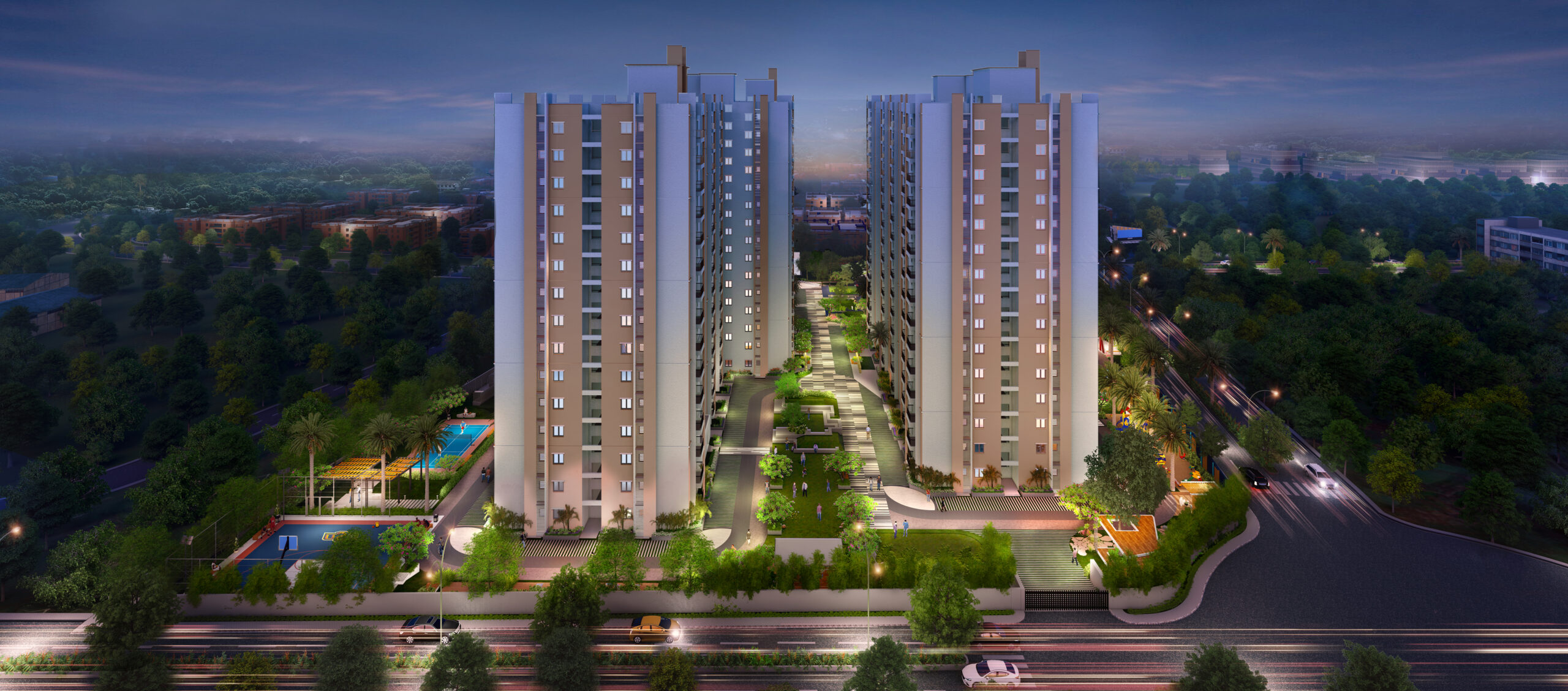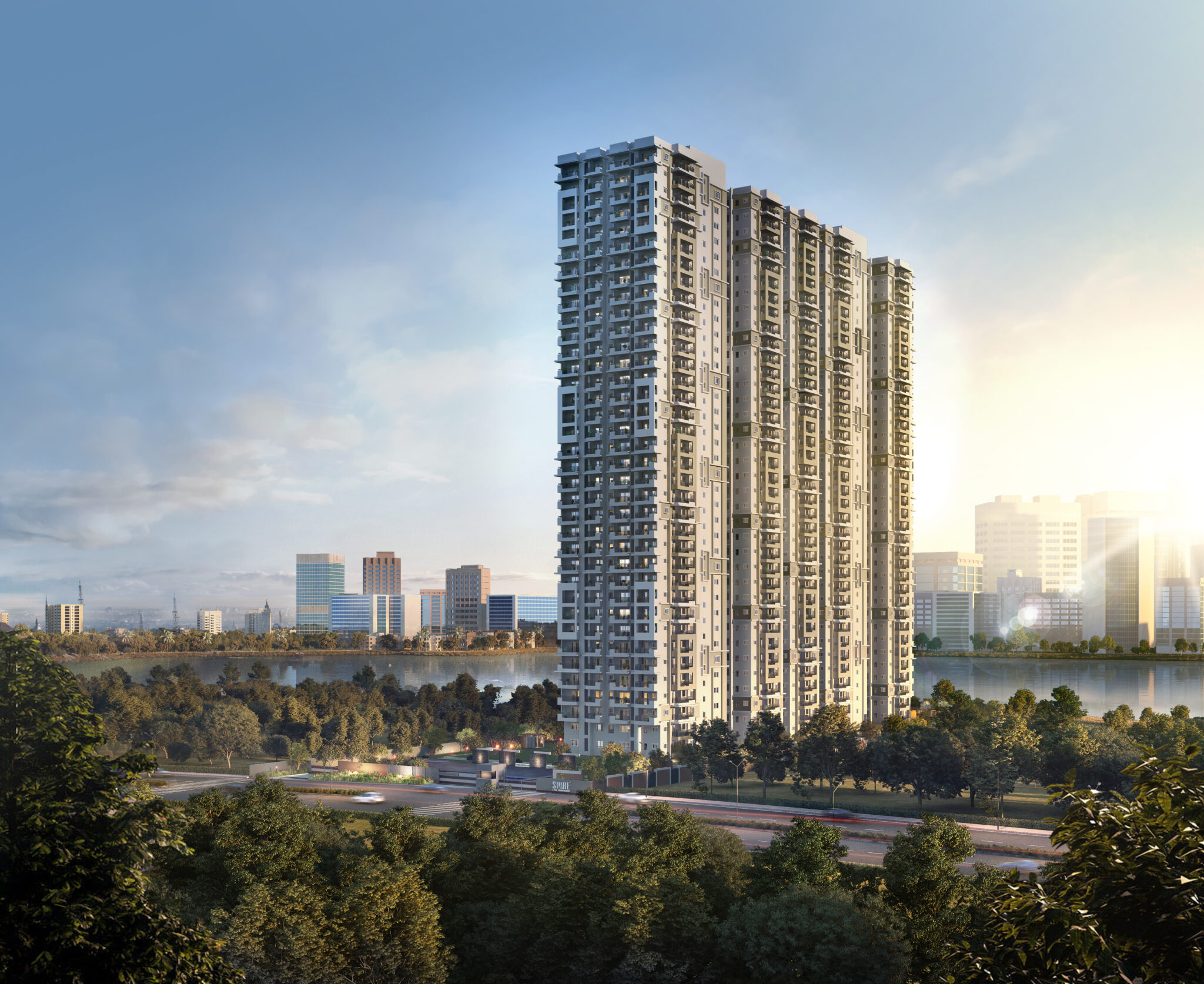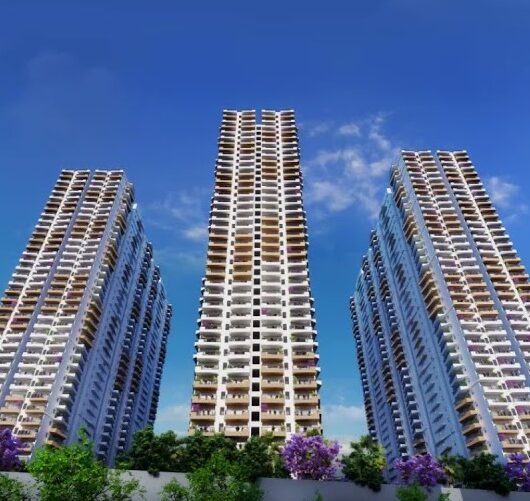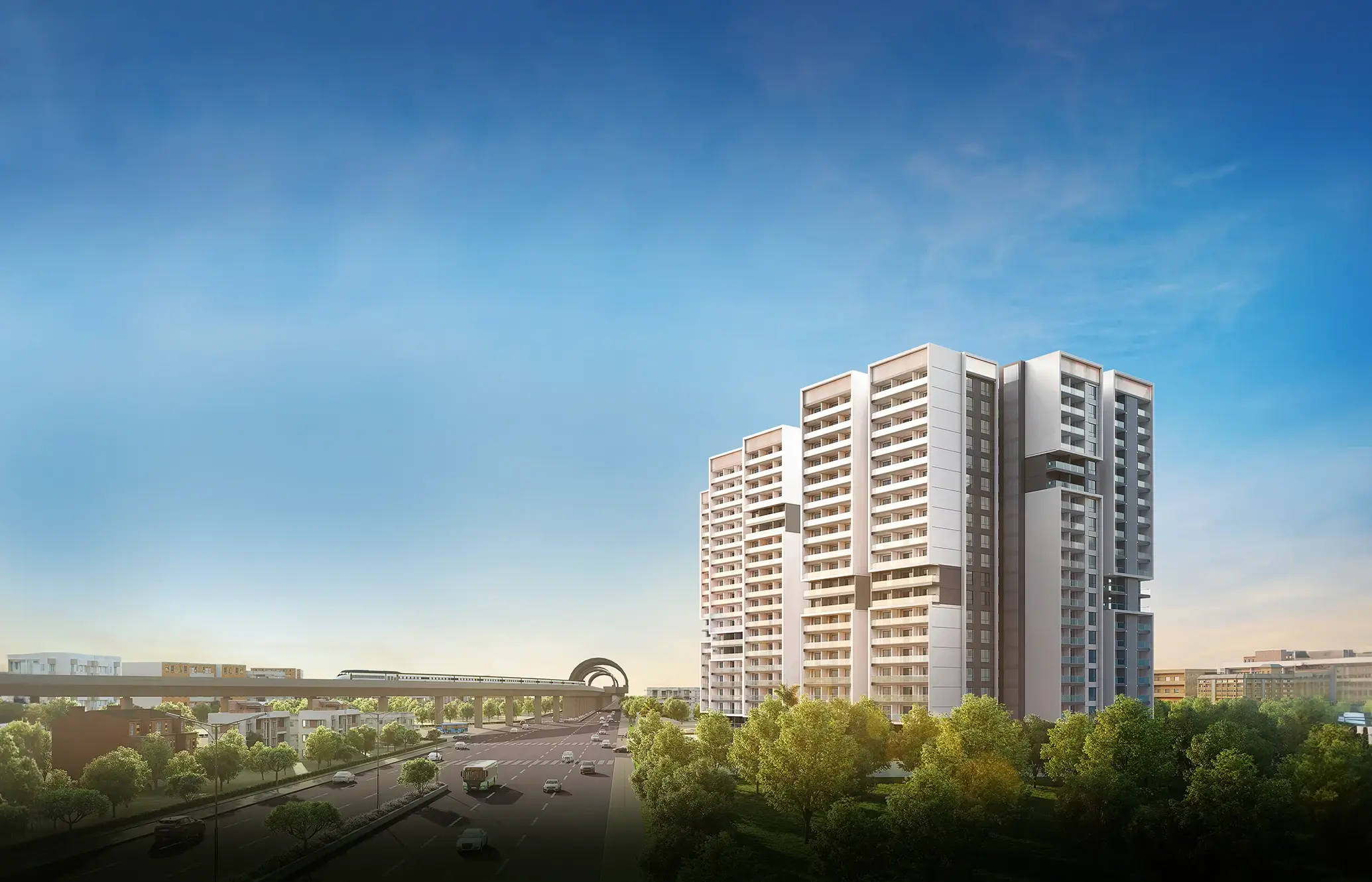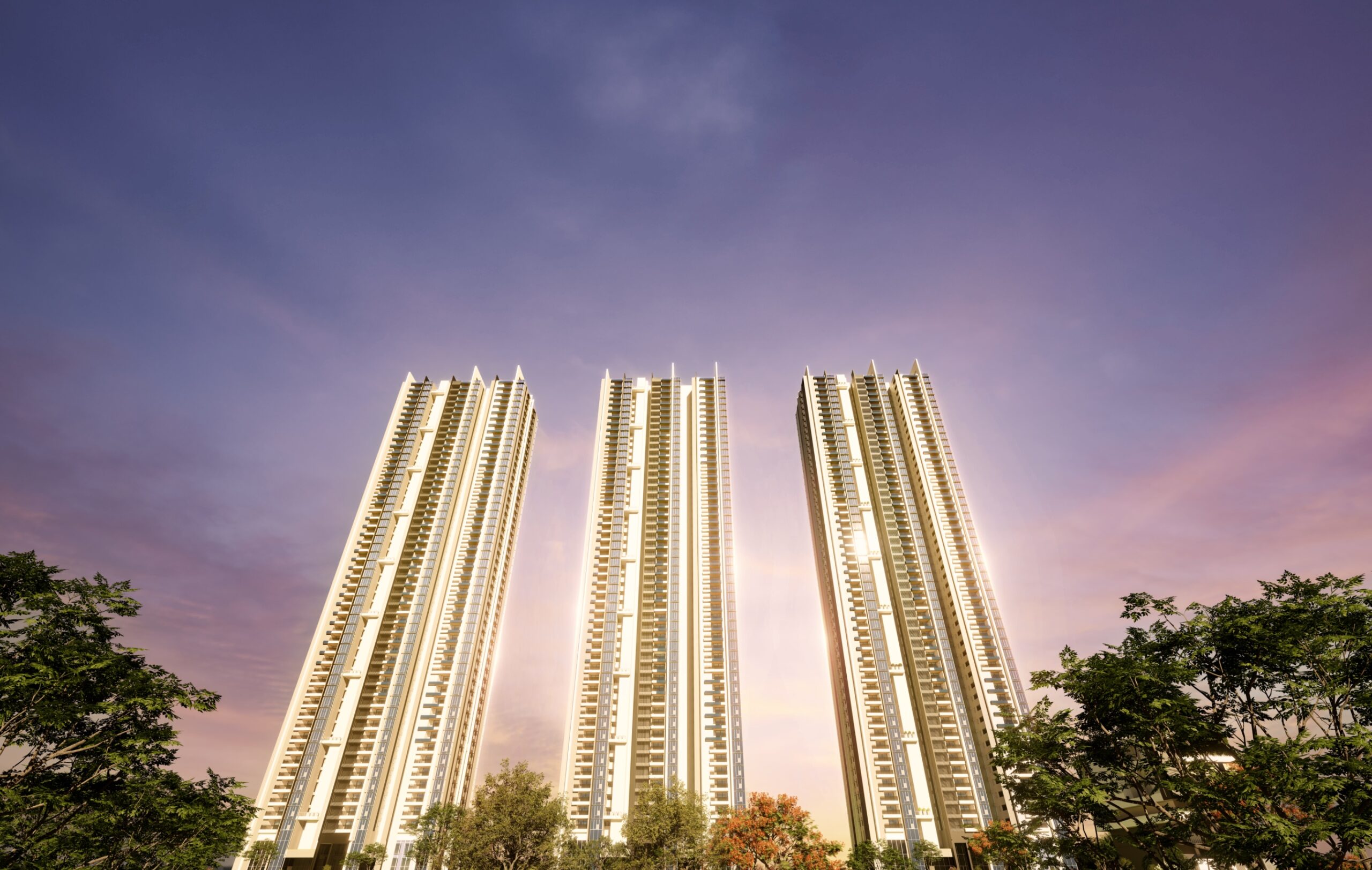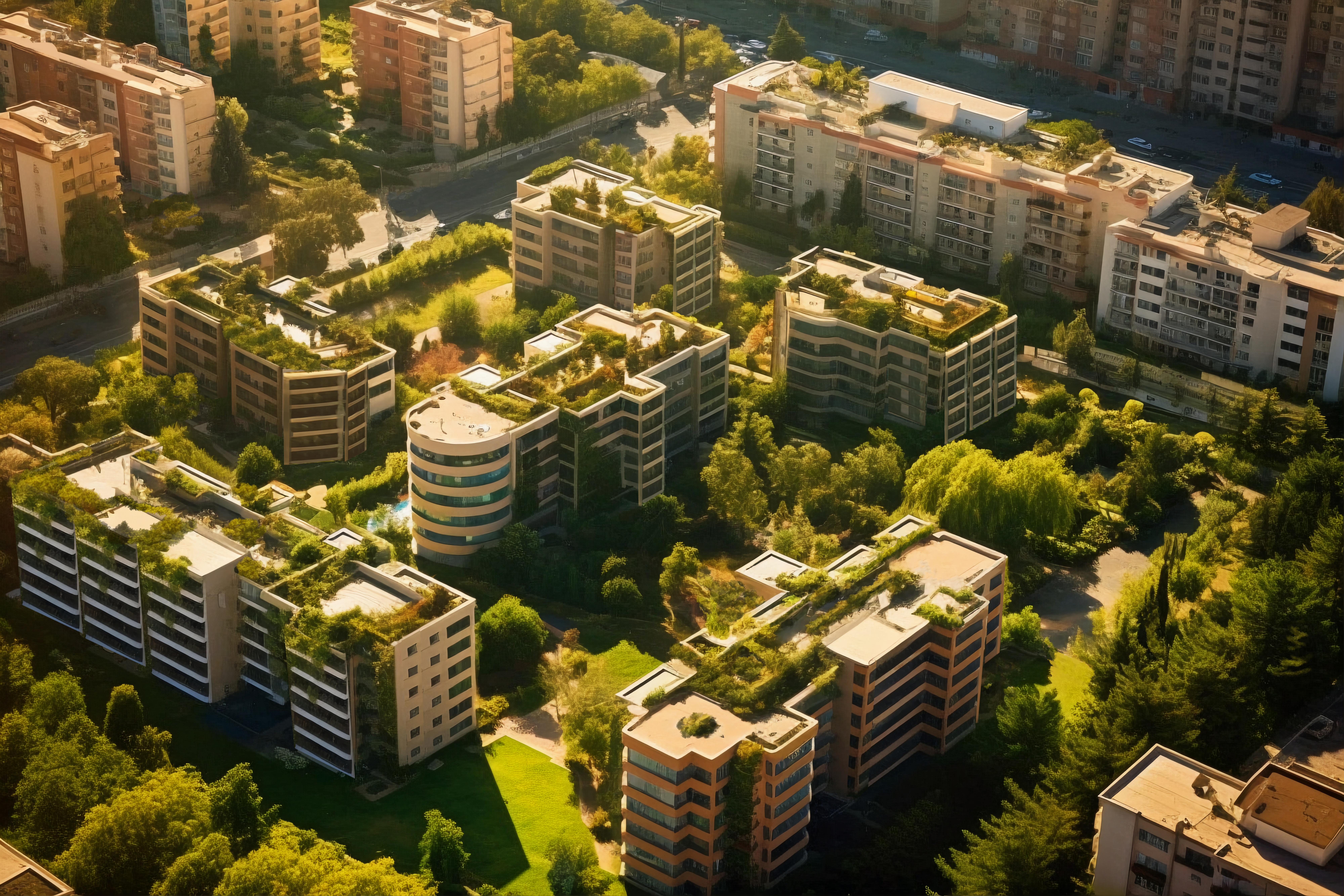How to choose the best home location for your kids
As a parent, choosing the right home location for your kids is one of the most important decisions you’ll make. The location of your home can have a significant impact on your children’s education, safety, health, and overall well-being. Here are some important factors to consider when evaluating the suitability of a neighbourhood for your family.
Access to education

Access to quality education is one of the most crucial factors to consider when choosing a home location for your kids. Look for neighbourhoods with highly-rated public or private schools and research their academic performance and extracurricular programs. Look for neighborhoods with libraries and educational centers that can provide your children with additional resources and support. In addition to evaluating the quality of local schools, it is also important to consider their accessibility and the range of educational opportunities available in the area. Here are some important factors to consider when evaluating the access to education in your potential home location:
- Quality of Schools: Look for neighborhoods with highly-rated public or private schools that meet your family’s educational needs. Consider evaluating the school’s academic performance, curriculum, and teaching staff to ensure that your child will receive a quality education.
- Extracurricular Programs: Consider evaluating the extracurricular programs available in local schools, including sports, music, theater, and clubs. These programs can provide your child with valuable skills and experiences that will enhance their education and personal growth.
- Access to Educational Resources: Look for neighborhoods with libraries, educational centers, and tutoring services that can provide your child with additional resources and support. These resources can supplement your child’s education and provide them with opportunities to explore their interests.
- Commute Time: Consider the commute time to your child’s school and how it will impact their daily routine. Longer commutes can be tiring and stressful for children, which may negatively impact their academic performance and overall well-being.
- School Diversity: Consider the diversity of the schools in the area and whether they reflect the cultural and ethnic diversity of your family. Exposure to diverse perspectives and cultures can enrich your child’s education and enhance their personal growth.
By evaluating these factors, you can ensure that your child has access to quality education and a supportive learning environment. A good home location with access to education can provide your child with the foundation they need to succeed academically and personally.
Sports and Playground facilities
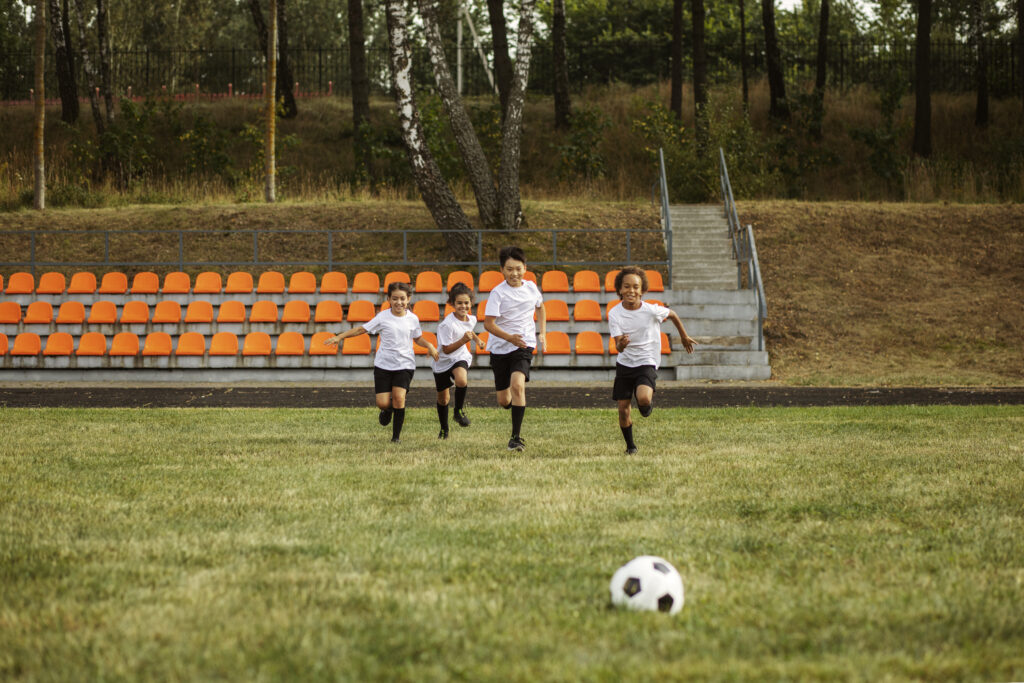
Sports and playground facilities play a crucial role in the physical and social development of children. In addition to promoting physical activity, these facilities also provide opportunities for children to socialize and make friends. Here are some important factors to consider when evaluating the sports and playground facilities in your potential home location:
- Availability of Parks and Playgrounds: Look for neighborhoods with well-maintained parks and playgrounds that are easily accessible to your family. Consider evaluating the safety and cleanliness of the facilities to ensure that they are suitable for children.
- Variety of Sports Facilities: Look for neighborhoods with a variety of sports facilities such as basketball courts, tennis courts, soccer fields, and swimming pools. These facilities can provide your child with a range of opportunities to explore their interests and develop their skills.
- Recreational Programs: Consider whether the community offers recreational programs such as sports leagues or after-school clubs. These programs can provide your child with structured activities and opportunities to make friends with similar interests.
- Accessibility of Facilities: Consider the proximity of sports and playground facilities to your home and whether they are easily accessible by foot or bike. This can encourage your child to be more active and independent.
- Safety of Facilities: Look for neighborhoods with sports and playground facilities that are well-maintained and safe for children. Evaluate the safety features such as fences, lighting, and signage to ensure that they meet safety standards.
A good home location with access to sports and playground facilities can provide your child with opportunities to explore their interests, make friends, and lead a healthy and active lifestyle.
Home Proximity to Healthcare

Access to quality healthcare is essential for your child’s health and well-being. Look for neighborhoods with good hospitals and medical clinics, and check if there are any pediatricians or family doctors in the area. Additionally, consider proximity to emergency services and after-hours care options. Here are some important factors to consider when evaluating the proximity to healthcare in your potential home location:
- Availability of Medical Facilities: Look for neighborhoods with good hospitals, medical clinics, and urgent care centers that are easily accessible to your family. Evaluate the quality of care provided by these facilities by checking their ratings and reviews.
- Availability of Pediatricians and Family Doctors: Look for neighborhoods with a high concentration of pediatricians and family doctors. Having a regular healthcare provider who knows your child’s medical history can ensure that they receive personalized care and treatment.
- Proximity to Emergency Services: Consider the proximity of emergency services such as hospitals, ambulance services, and fire departments. In case of a medical emergency, quick access to these services can save valuable time and ensure that your child receives prompt medical attention.
- Availability of After-Hours Care: Consider whether there are any after-hours care options available in the area, such as pediatric urgent care centers or 24-hour pharmacies. These services can be especially useful when your child needs medical attention outside of regular business hours.
- Health Insurance Coverage: Consider whether your health insurance plan is accepted by medical facilities in the area. This can impact the out-of-pocket expenses you incur when seeking medical care for your child.
By evaluating these factors, you can ensure that your child has access to quality healthcare services that will support their health and well-being. A good home location with proximity to healthcare can provide you with peace of mind knowing that your child can receive medical attention when needed.
A home location that’s Safe

Safety is a top priority for parents, and choosing a safe neighborhood can provide peace of mind for your family. Look for neighbourhoods with low crime rates, good lighting, and well-maintained sidewalks and streets. Consider whether the community has a neighborhood watch program or any safety initiatives in place. Here are some important factors to consider when evaluating the safety of your potential home location:
- Crime Rates: Look for neighbourhoods with low crime rates. You can research crime statistics for the area by checking local police department websites or crime mapping services.
- Well-lit Streets: Evaluate the lighting in the neighborhood to ensure that the streets are well-lit and easy to navigate. Poor lighting can create safety hazards and make it difficult to see potential dangers.
- Sidewalks and Streets: Look for neighborhoods with well-maintained sidewalks and streets. This can reduce the risk of accidents and injuries for your child and promote safe outdoor activities.
- Neighbourhood Watch Program: Consider whether the community has a neighborhood watch program or any safety initiatives in place. These programs can provide an added layer of security and encourage residents to be vigilant about safety concerns in the area.
- Traffic Safety: Evaluate the traffic safety in the neighborhood. Look for areas with low speed limits, crosswalks, and traffic signals to ensure that your child can safely navigate the streets.
By evaluating these factors, you can ensure that your child is living in a safe neighborhood that will provide them with a secure and supportive environment. A good home location with safety measures in place can promote outdoor activities and socialization, which are essential for your child’s development and well-being.
Walkable home location

Walkable neighbourhoods are convenient and beneficial to your child’s health and well-being. Look for neighbourhoods with sidewalks, crosswalks, and traffic signals, making it safe and easy to walk or bike to nearby destinations. Consider whether the community is pedestrian-friendly and whether it offers safe and accessible transportation options. Here are some important factors to consider when evaluating the walkability of your potential home location:
- Sidewalks and Crosswalks: Look for neighbourhoods with well-maintained sidewalks and crosswalks that are safe and easy to navigate. This can promote outdoor activities and allow your child to safely walk or bike to nearby destinations.
- Traffic Safety: Evaluate the traffic safety in the neighbourhood. Look for areas with low speed limits, traffic signals, and designated bike lanes to ensure that your child can safely navigate the streets.
- Accessible Public Transportation: Consider whether the community offers accessible and reliable public transportation options. This can provide convenient transportation alternatives for your child and reduce the reliance on cars.
- Amenities Within Walking Distance: Look for neighbourhoods with amenities such as grocery stores, restaurants, and parks within walking distance. This can provide convenience and promote a healthy and active lifestyle for your child.
- Pedestrian-Friendly Community: Consider whether the community is pedestrian-friendly and has a culture that supports walking and biking. Look for neighbourhoods with events and initiatives that promote walking and biking, such as bike-sharing programs or walking clubs.
By evaluating these factors, you can ensure that your child is living in a walkable neighborhood that will provide them with numerous benefits, including convenience, improved health, and reduced environmental impact. A good home location with walkability features can promote a healthy and active lifestyle for your child and encourage socialisation and community engagement.
Community Engagement

Living in a neighbourhood where people are engaged and involved can provide your child with a sense of community and belonging. Look for neighbourhoods with active community groups and events, such as farmers’ markets, festivals, and cultural events. These advantages come with living in a good gated community. Consider joining local community groups or volunteering at community centres or events to become more involved in your community.
Some important factors to consider when evaluating the community engagement of your potential home location:
- Community Groups and Events: Look for neighborhoods with active community groups and events, such as farmers’ markets, festivals, and cultural events. This can provide opportunities for your child to socialize with other children and learn about different cultures and traditions.
- Volunteering Opportunities: Consider whether the community offers volunteering opportunities for residents, such as volunteering at community centres or events. This can provide your child with a sense of purpose and encourage them to be more engaged in their community.
- Community Centers: Evaluate the availability and quality of community centers in the neighborhood. Look for centers that offer a variety of programs and services for residents, including youth programs, sports leagues, and educational programs.
- Neighborhood Associations: Consider whether the community has a neighborhood association or other organized groups. These groups can provide an opportunity for residents to connect with one another, share ideas, and advocate for community issues.
- Local Businesses: Look for neighborhoods with a variety of local businesses, such as restaurants, shops, and coffeehouses. Supporting local businesses can help build a sense of community and provide opportunities for your child to learn about entrepreneurship and the local economy.
By evaluating these factors, you can ensure that your child is living in a community-engaged neighbourhood that will provide them with numerous benefits, including socialization, cultural enrichment, and a sense of belonging. A good home location with community engagement features can promote a healthy and active lifestyle for your child and encourage them to become more engaged and involved in their community.
In conclusion, choosing a good home location for your kids requires careful consideration of several factors, including access to education, sports and playground facilities, proximity to healthcare, safety, walkability, and community engagement. By evaluating these factors, you can make an informed decision that provides a safe, healthy, and engaging environment for your family.
Check out ASBL Spire, ASBL Springs and ASBL Spectra
A child-friendly house is a home that is designed and equipped with the needs and safety of children in mind. It’s a space that is not only comfortable and functional for adults but also safe and enjoyable for kids to live in and play around. They should be easy maintenance,
Running, swimming, climbing, and other outdoor sports are crucial for your child’s healthy physical and mental development. Also, it fosters respect for others’ perspectives, effective communication, and teamwork. Also consider getting your child to volunteer at events or community centres. This can give your child a sense of purpose and motivate them to get more involved in the community.
